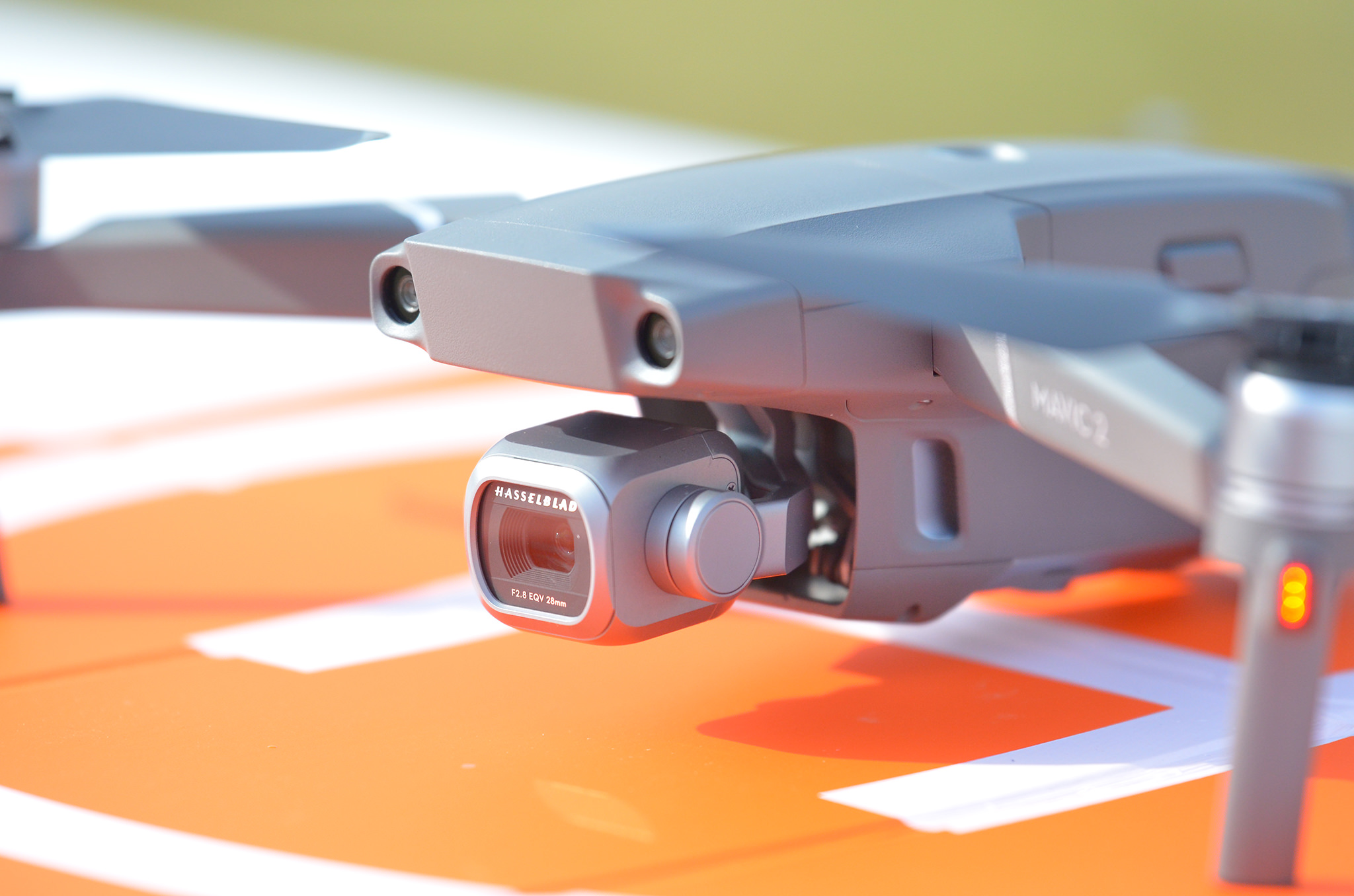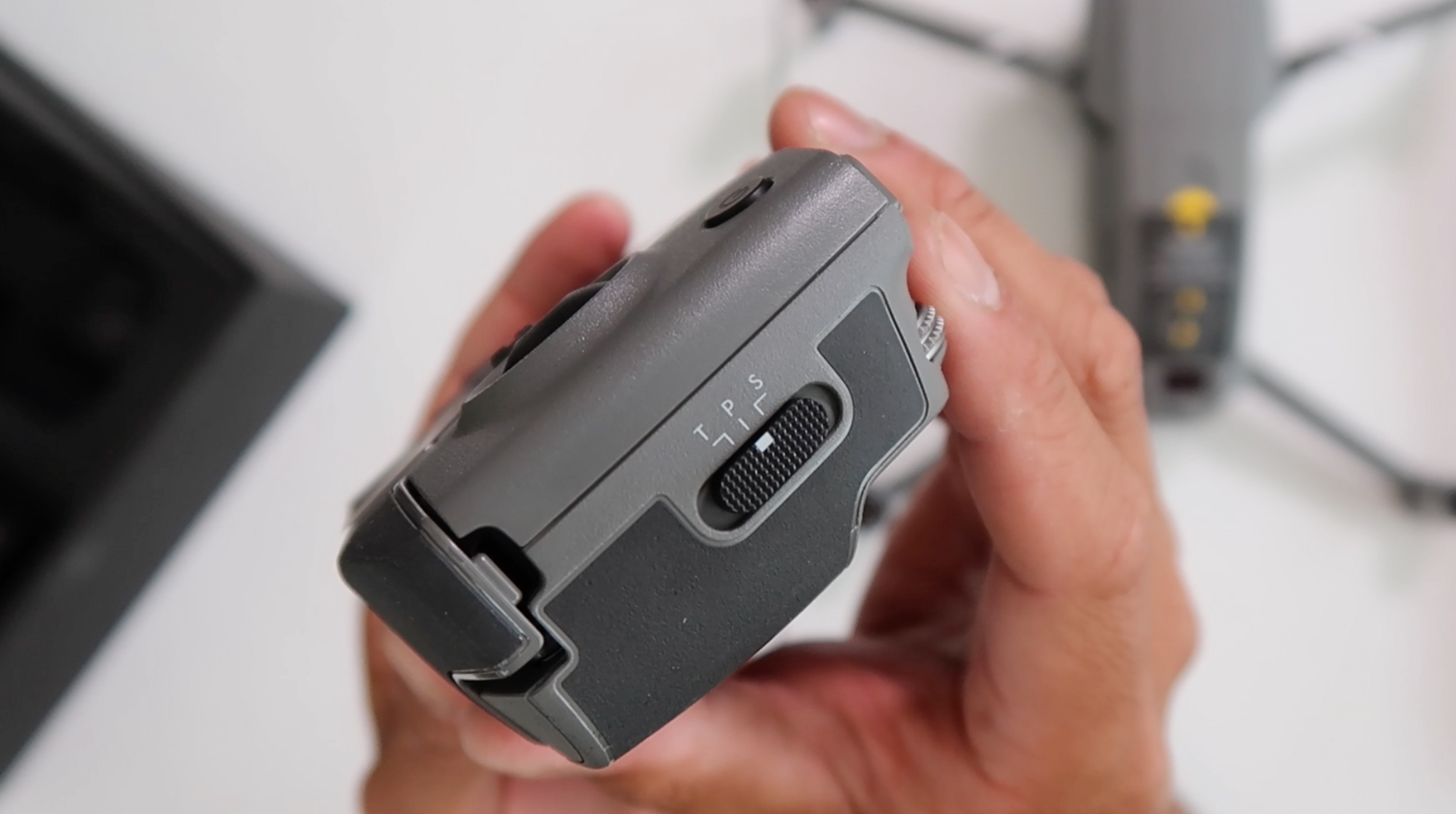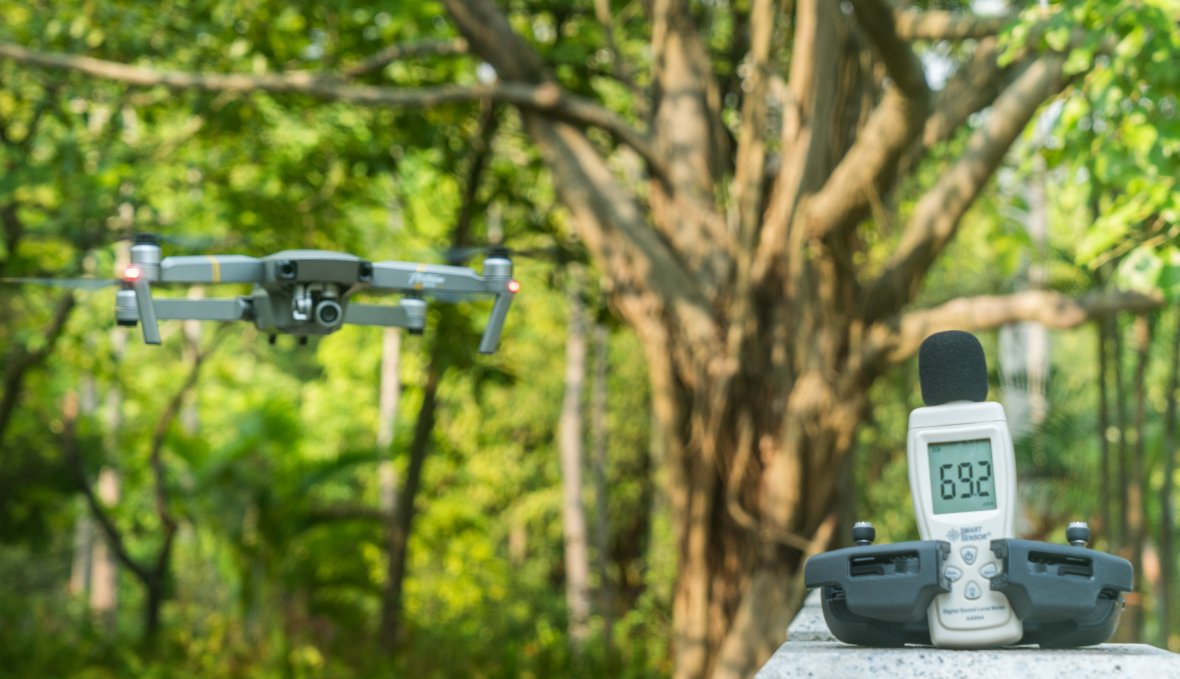▼ LINKS TO THE PRODUCTS IN THIS VIDEO:
PGYTECH Mavic 2 Case Mini: http://bit.ly/2wKIZQV
PGYTECH Mavic 2 Carrying Case: https://amzn.to/2Cep4zN
Lykus Travel Bag: http://amzn.to/2Dp6jF5
GPC Hardcase: https://goprofessionalcases.com/dji-m... (Use promo code flytpath)
Tablet holder: http://www.mavmount.com (Use promo code flytpath)
Overview
The best of both worlds is finally here!!! The DJI Mavic 2 Pro is a combination between the Mavic Pro and Phantom 4 Pro, which is something everyone’s been waiting for. Why is this a big deal? First of all, the compact size, image quality, flight time and sleek design of the Mavic Pro set the bar extremely high in the drone industry. Then the Phantom 4 Pro came along, sporting a larger 1” sensor, geared towards more professional photographers and videographers. The Phantom 4 Pro would be considered more of a professional use drone because of the camera, but the size would always come into play when it came to traveling with the P4Pro. The one wish everyone, including myself, was “Man wouldn’t it be amazing if we could have a 1” sensor on the Mavic Pro size body”? Fast forward a couple years, and we are finally here with the Mavic 2 Pro.
Unboxing
The Mavic 2 Pro comes with all the standard equipment to get you up and flying. To take full advantage of the First Person View, you will need to provide your own mobile device or tablet.
So what’s in the box:
- 1 DJI Mavic 2 Pro
- 1 Remote control
- 1 Battery
- 6 Propellers
- 1 Charger
- 1 USB-C cord
- Cords to hook up your Android or iOS device to the remote
- Instructions and Quick Start Guide
Camera Sensor
When it comes to image quality, low light performance and adjustable aperture, the larger 1” sensor goes a long way as a photographer and videographer. This camera can shoot 20mp photo and 4k video. You have the ability to capture more light, increase your dynamic range and produce higher quality and larger image sized photos. Not to mention, DJI partnered up with the well-known Swedish camera manufacturer Hasselblad, and this camera is the first of it’s kind to come out since this news occurred over two years ago. After shooting images side by side with the Mavic Pro and Mavic Air, the camera quality difference is very clear. Also, the 28mm lens gives a really nice perspective compared to the wider 24mm on the Mavic Pro.
Size
With all that new technology and camera upgrade, it’s hard to believe that DJI was able to maintain the same form factor and size as the Mavic Pro. As you can see in my side-by-side comparison video, the size of the Mavic 2 is just about the same as the Mavic Pro. I can’t even imagine the trial and errors the engineering team at DJI had to go through to pull this off. The footprint of the Mavic 2 Pro is only about a half-inch difference in the front of the drone. While there is a weight difference between the two (Mavic Pro 734g / Mavic 2 Pro 907g), it’s good to know that DJI also increased battery life to 31 minutes.
New Features
The Mavic 2 Pro has Omnidirectional obstacle sensing which assists flyers when using ActiveTrack and Tripod mode. As if the camera upgrade wasn’t enough, I feel like that Omindirectional Sensing is a huge bonus for this drone. Even though side sensors were present on the Phantom 4 Pro, I didn’t expect to see them on the Mavic 2 Pro. Not only did DJI add side sensors, but also they added top and bottom infrared sensors to assist in tight spaces and upward movement. DJI included 8GB of internal storage just like the Mavic Air, which I find to be a lifesaver when I forget to bring a memory card.
The Mavic 2 Pro now uses the latest OcuSync 2.0, giving the pilot 8km Fill-HD Video transmission. I never really plan on flying that far out, but it’s good to know that DJI has tested it at those ranges. I’m extremely excited about the new T/P/S mode switch on the side. This allows the pilot to go from flying fast with (S – Sport Mode) to extreme slow motion (T – Tripod) in a matter of seconds.
ActiveTrack 2.0 is now enhance with trajectory prediction, which means it’s updated 3D mapping system helps reduce the lose of a target during ActiveTrack. This is a big deal for those outdoor adventurers looking to how the M2P follow them through dense environments.
Smart Modes
Two new Smart capture modes that DJI introduced with the Mavic 2 is Hyperlapse and Point of Interest Vision. The two unique ways of capturing footage can really add value to your story. Hyperlapse is the next level of timelapse photography. With one click, you can now do an aerial timelapse with custom flight patterns, all programmed from the DJI 4 Go App.
I’m really excited about the new Vision Point of Interest mode for a couple reasons. The updated user interface is very intuitive and allows you to make radius, height, speed and directions changes quick in easy in the app. Vision POI is perfect for landmarks, events or other situations where flying directly over a person or subject is not safe or allowed. Being able to fly up and select what point you want to fly around makes setup and fly super fast and reliable.
Who is this Drone for?
If you are a serious hobbyist, photographer, videographer or traveler looking for the most portable, highest quality drone and camera then look no further. The compact size makes for easy packing in any backpack or camera bag and the ease of setup makes getting up in the air quicker and safer. As a photographer first flyer, the Hasselblad camera and 1” sensor is something I’ve been waiting for a very long time. It still seems unreal how far the drone industry has come in the past few years, and once again DJI continues innovate with the new Mavic 2 Pro.
To purchase the DJI Mavic 2:
https://click.dji.com/ADU2G7iv8MFXWpR42_y_tA?as=0148&pm=custom












